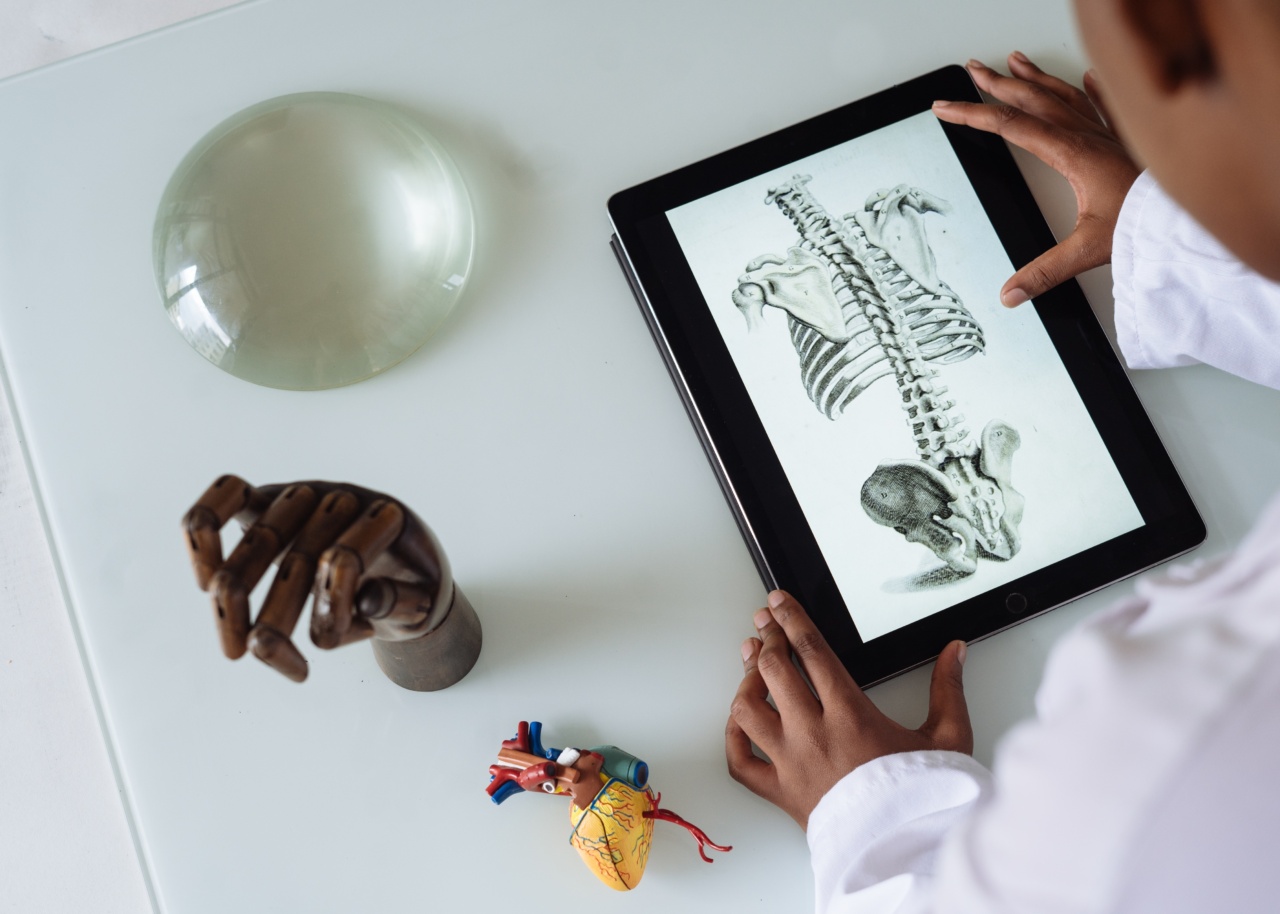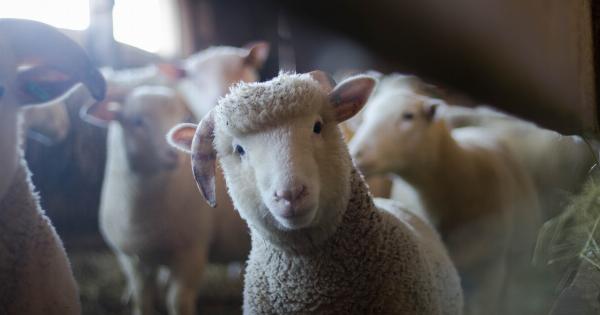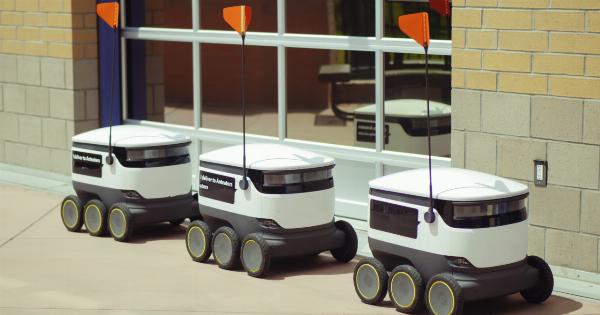In recent years, the fashion industry has seen a surge in the use of technology to enhance various aspects of the business. From virtual fashion shows to AI-powered design tools, technology has revolutionized the way fashion is created and consumed.
One such groundbreaking innovation comes in the form of an algorithm developed by IU Research Labs that can detect super models. This algorithm, which combines deep learning and computer vision techniques, has the potential to change the way models are selected for runway shows and campaigns.
In this article, we will delve into the intricacies of this algorithm and explore its implications for the fashion industry.
The Role of Data in Modeling
The modeling industry heavily relies on data to identify talent and predict success.
Traditionally, agencies and brands would manually sift through hundreds of headshots, analyzing various physical attributes such as height, weight, facial symmetry, and body proportions to determine whether a model has the potential to succeed in the industry. However, this process is not only time-consuming but also prone to bias and subjective judgments.
Introducing the Algorithm
The algorithm developed by IU Research Labs aims to streamline the model selection process by automating the identification of potential super models.
By leveraging the power of deep learning and computer vision, the algorithm is capable of analyzing vast amounts of data and detecting patterns that might go unnoticed by human evaluators.
Data Collection and Preprocessing
Before the algorithm can be fine-tuned to detect super models, it requires a large dataset of images of both successful and unsuccessful models.
IU Research Labs partnered with several top modeling agencies and fashion brands to collect a diverse range of images, ensuring representation across different ethnicities, body types, and ages.
Once the dataset is collected, it goes through a rigorous preprocessing stage. This involves removing any noise from the images, standardizing the lighting conditions, and cropping the images to focus solely on the models’ faces and bodies.
Furthermore, the dataset is carefully anonymized to ensure the privacy and confidentiality of the models.
Training the Algorithm
Deep learning techniques are then applied to train the algorithm on the preprocessed dataset. Neural networks are used to build a model that can learn from the input images and make predictions based on the patterns it recognizes.
The algorithm is initially fed a labeled dataset, where each image is annotated as either successful or unsuccessful based on the model’s career trajectory.
As the algorithm learns, it adjusts the weights of its neural network to optimize its predictions. This process involves multiple iterations and tweaking of hyperparameters to achieve the desired performance.
The algorithm progressively improves its ability to identify key characteristics that are indicative of modeling success.
Key Features and Characteristics
One of the key features of the algorithm is its ability to analyze facial symmetry and proportions.
Studies have shown that individuals with highly symmetrical faces are often perceived as more attractive, and this perception plays a crucial role in the fashion industry. The algorithm can precisely measure facial symmetry and provide an objective assessment of a model’s aesthetic appeal.
In addition to facial features, the algorithm also evaluates body proportions, taking into account factors such as the waist-to-hip ratio, shoulder width, and height.
By considering these physical attributes, the algorithm can identify models who possess the ideal body proportions for the fashion industry.
Moreover, the algorithm is able to analyze the poses and expressions of models in images. It can detect subtle cues such as confidence, poise, and versatility that often translate to successful performance on the runway or in campaigns.
This holistic analysis of a model’s visual representation plays a crucial role in accurately predicting their potential success in the industry.
Evaluating the Algorithm’s Performance
The algorithm developed by IU Research Labs has undergone rigorous testing and evaluation to ensure its accuracy and reliability. One of the key challenges in evaluating the algorithm is the absence of a definitive measure of a model’s success.
Different agencies and brands may have varying criteria for success, making it difficult to establish a universal benchmark.
However, IU Research Labs collaborated with industry experts and consultants to develop a set of agreed-upon metrics to assess the performance of the algorithm.
These metrics include factors such as the model’s career trajectory, the number of high-profile campaigns or runway shows they have been selected for, and the overall recognition they have received within the industry.
Through extensive testing, the algorithm has consistently demonstrated an impressive level of accuracy and outperformed human evaluators in many cases.
This suggests that the algorithm can effectively and efficiently identify potential super models, offering a more objective and standardized approach to talent selection in the fashion industry.
Implications for the Fashion Industry
The algorithm developed by IU Research Labs has the potential to revolutionize the fashion industry in several ways.
Firstly, it can streamline the model selection process for agencies and brands, reducing the time and resources required to identify talent. This also opens doors for aspiring models who may have been overlooked due to subjective biases.
Moreover, the algorithm’s ability to analyze a diverse range of physical attributes ensures that the industry becomes more inclusive and representative.
By mitigating biases and focusing on objective measurements, the algorithm can promote diversity and redefine beauty standards in the fashion world.
Additionally, the algorithm can assist in talent scouting by identifying models with unique or unconventional features that might appeal to certain niche markets.
This opens up opportunities for brands to cater to different consumers and challenge the homogeneity often associated with the industry.
Concerns and Ethical Considerations
While the algorithm holds great promise, its implementation also raises several concerns and ethical considerations. One of the primary concerns is the potential reinforcement of societal standards of beauty.
By relying solely on physical attributes, the algorithm may inadvertently perpetuate narrow beauty standards and exclude individuals who do not fit into certain molds.
Additionally, there are concerns regarding privacy and data security.
As the algorithm relies on extensive image datasets, there is a need to ensure that the data collected, stored, and used for training the algorithm is handled responsibly and securely. Strict measures must be in place to prevent unauthorized access or misuse of the images.
Furthermore, it is crucial to continuously monitor and update the algorithm to mitigate biases. Algorithms can unintentionally learn and replicate biased patterns present in the data they are trained on.
Regular audits and updates are necessary to identify and correct any biases that may emerge in the algorithm’s predictions.
Conclusion
The algorithm developed by IU Research Labs represents a significant advancement in the fashion industry’s quest for objective and efficient talent selection.
By leveraging deep learning and computer vision techniques, the algorithm can detect potential super models based on their facial and body features, as well as their poses and expressions. While remarkable in its capabilities, the algorithm also poses challenges related to biases and ethical considerations.
It is imperative to address these concerns and ensure responsible implementation to fully harness the potential of this groundbreaking technology.































